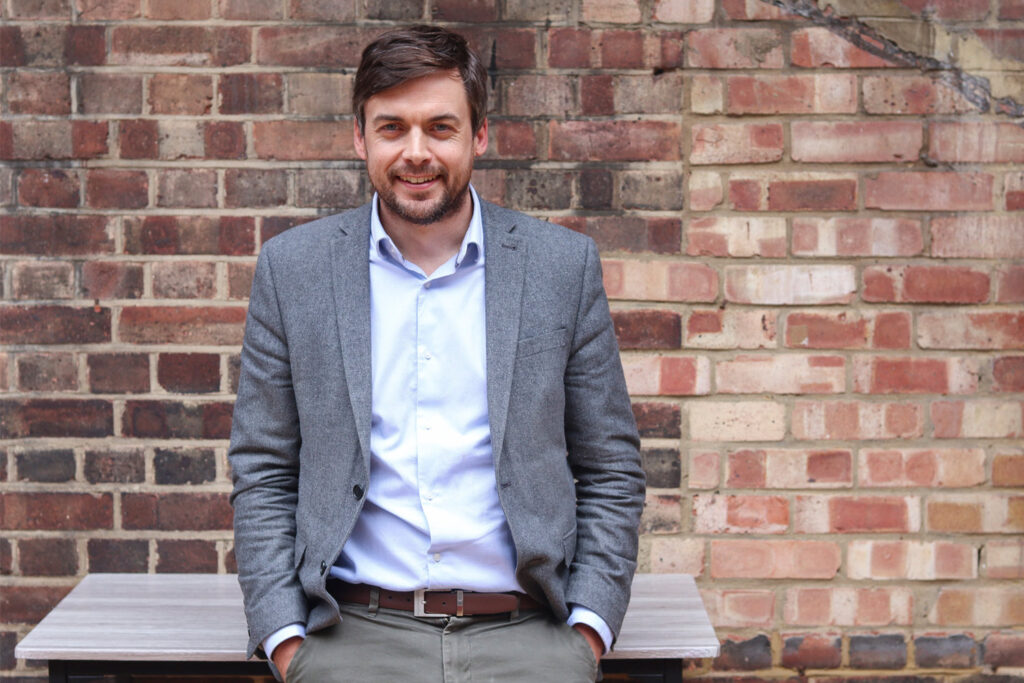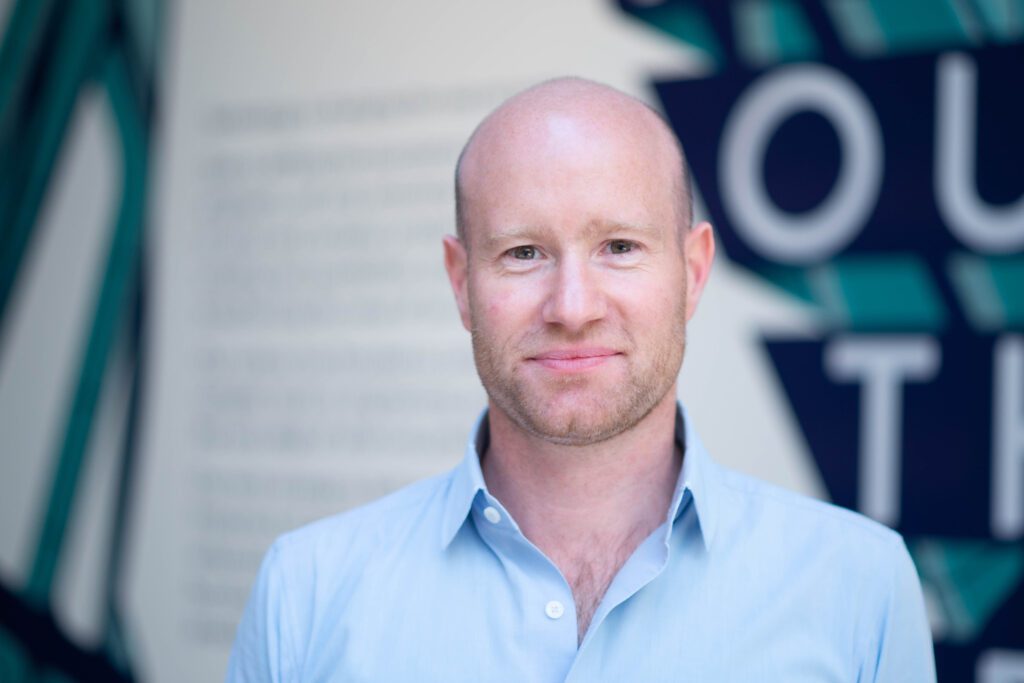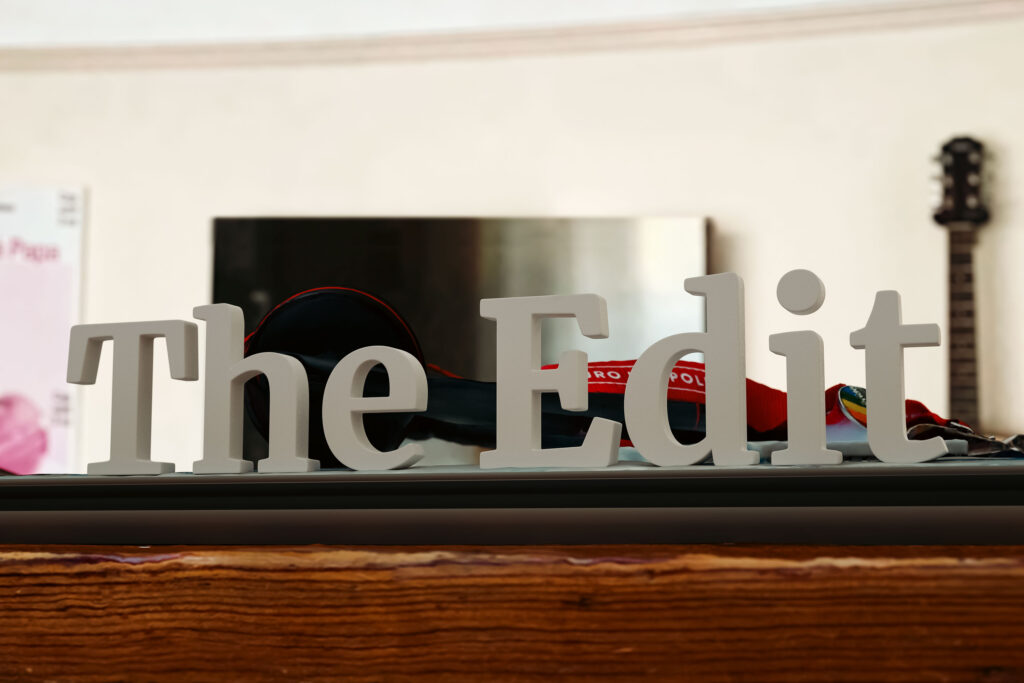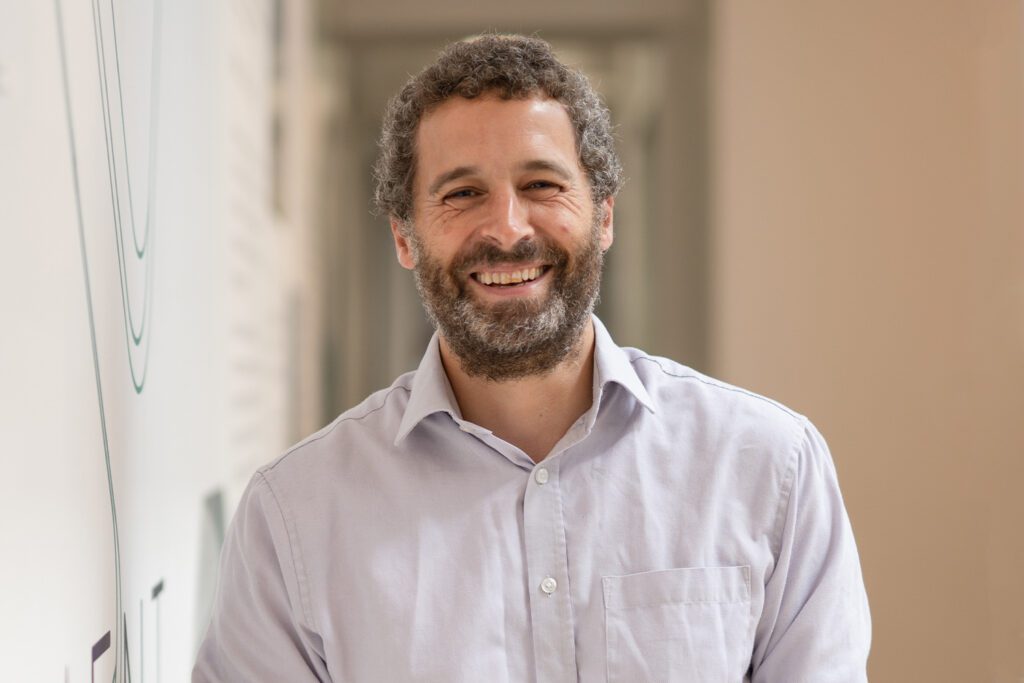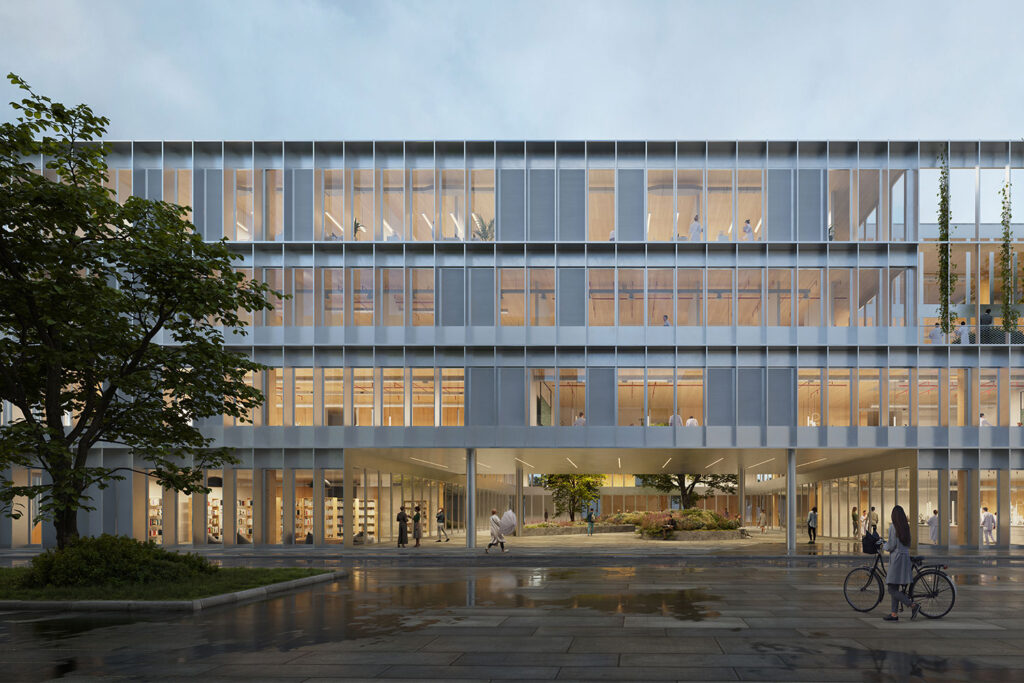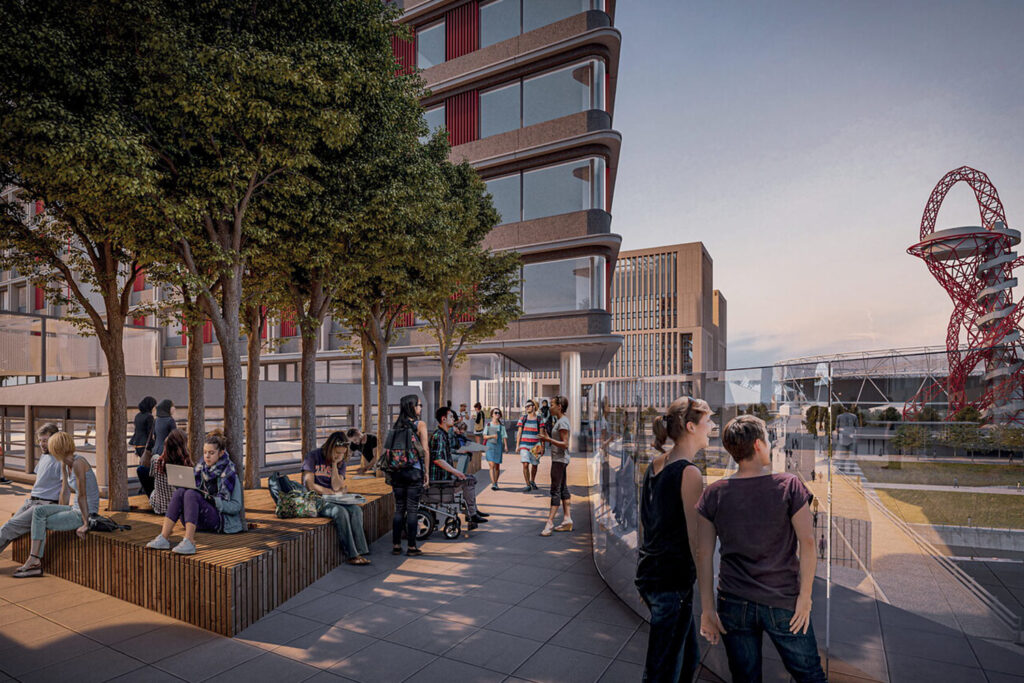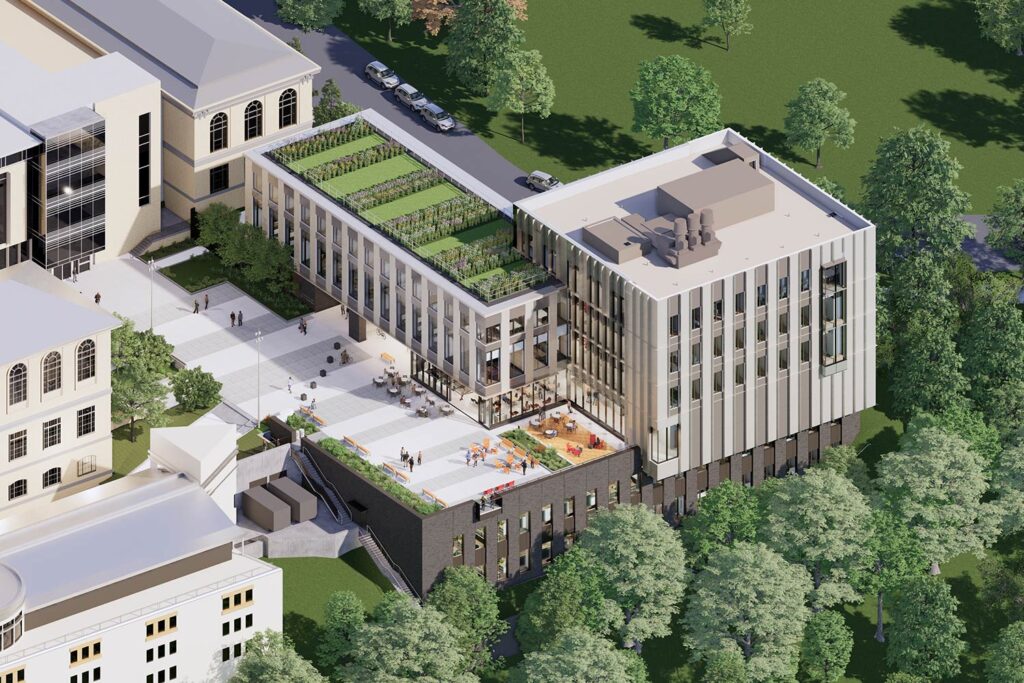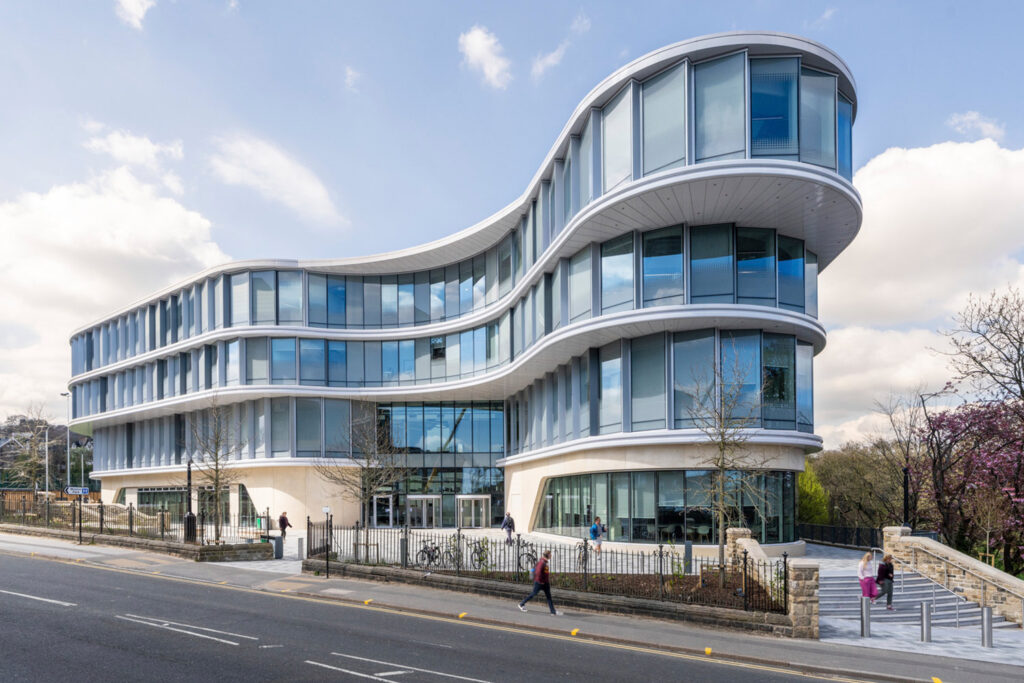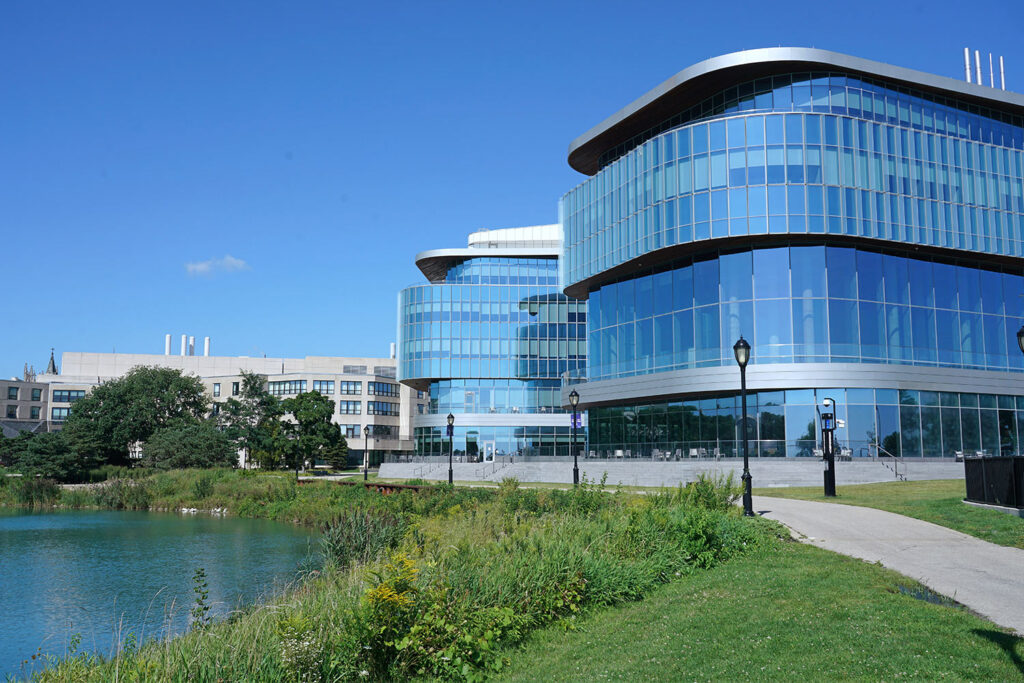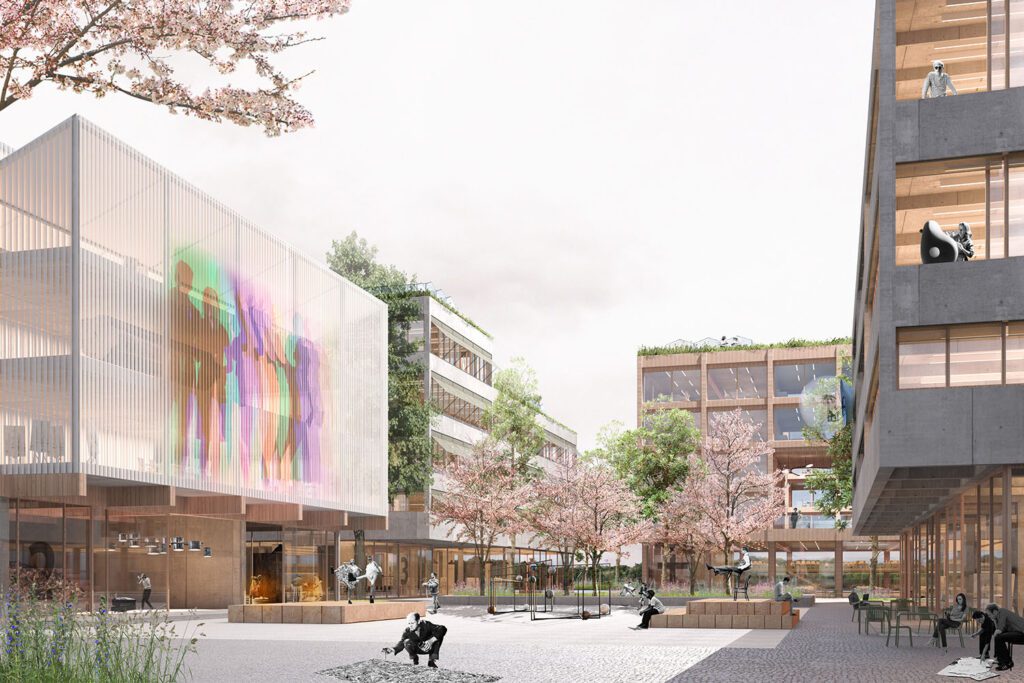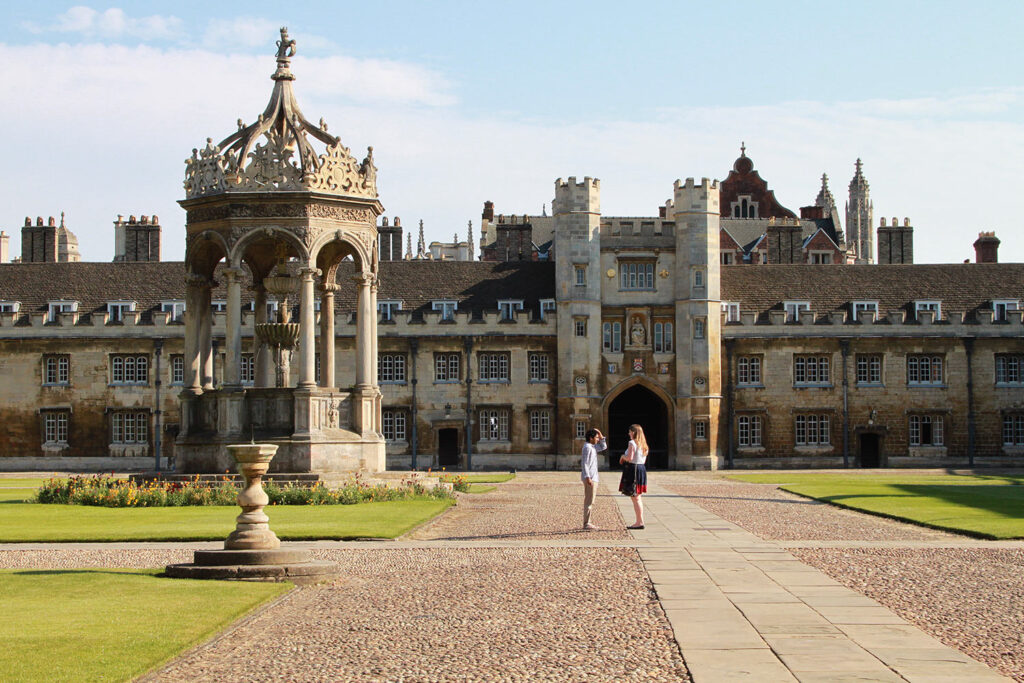
Trinity College Energy and Infrastructure Assessment
Cambridge, UK
Project details
Client
Trinity College Cambridge
Duration
2021
Services provided by Buro Happold
Advisory, Economics, Energy consulting, Sustainability and energy transition advisory
Trinity College, Cambridge, is a venerable institution, founded by Henry VIII in 1546, with an estate that encompasses a range of Grade I-listed heritage assets across the city.
But this ancient seat of learning has an eye to the future and has set itself ambitious decarbonisation targets.
Trinity College is working to achieve net zero carbon emissions including committing to reducing scope 1 and 2 and is developing a strategy and timeline to achieve these targets.
Challenge
Trinity College is committed to reducing energy consumption and consequential emissions of harmful greenhouse gases. To achieve this the College needs a carefully considered and robust net zero strategy to be put in place. Buro Happold was commissioned to undertake a College-wide energy and infrastructure assessment to help inform this strategy. The commissioned study would review the current baseline and outline key recommendations to enhance sustainable solutions and renewable opportunities that support futureproofing of infrastructure while supporting the College’s 10-year development plan.
The biggest impact on the College’s operational carbon footprint currently comes from the range of gas-fired boilers heating the many buildings across its estate, which are from a broad variety of periods with varying levels of energy efficiency. The gradual updating of gas boilers across the estate would require careful economic assessment. This would need to take into account the expected lifespan of current infrastructure and the building of a pathway for the gradual replacement of systems to modern low-carbon electrical systems, which could use air-source heat pump technologies. One of the key challenges comes with the retrofitting of systems in listed heritage structures, which would severely limit the use and placement of renewable technologies.

Solution
Our team of experts conducted an energy and infrastructure assessment, based on the available data, to support the College in putting its ambitious environmental goals into practice. Our work was based on a series of site visits and data analyses to establish the baseline of the current estate infrastructure (heat, cooling, gas, power) and its condition. An options appraisal of future energy systems, was informed by an opportunities and constraints assessment across a range of technologies. We considered energy efficiency measures, renewable energy sources and fuel switching, both on and off-site at the various locations the college operates.
We engaged with a range of stakeholders, including Trinity College’s estates team and academics, to help to understand the institution’s goals and current limitations. Using our knowledge of the UK energy system and likely future changes we were able to assess a range of packages of measures. Each package was evaluated in terms of its environmental performance, capital cost, operating cost, practicality and impact to estate users. All of this was done with sensitivity to the unique heritage assets, including Grade I-listed buildings.
We outlined the options open to the College to explore both electric boiler or heat pumps working in co-ordination with electric boilers, setting out the different techno-economic approaches.

Value
The study identified a clear technical route to deliver on the College’s goals of decarbonisation through the electrification of heat within the requirements of the College’s own science-based targets over a 10-year implementation plan.
Our team was able to draw on broad experience of working on comparable heritage estates around the world as well as their in-depth knowledge of the technologies available to help build a robust pathway to enable the College’s operational decarbonisation to be achieved.



